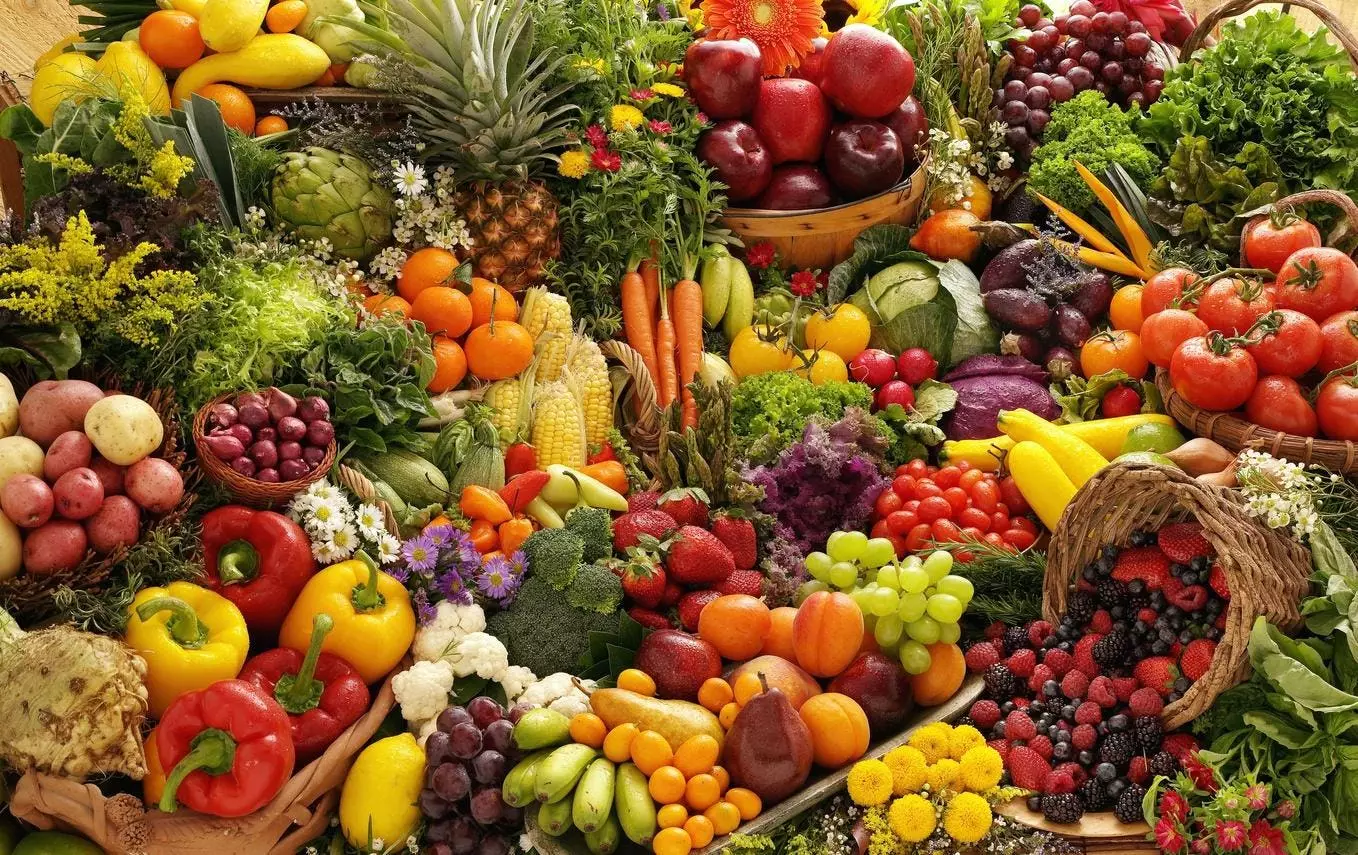In the United States, an astonishing 30-45% of the food supply is wasted, a staggering statistic that highlights a dire challenge not only for the food industry but for society as a whole. This epic wastage translates into profound implications for global hunger and the environment, particularly concerning greenhouse gas emissions. While many industries grapple with inefficiencies, the food sector might be facing the most significant loss, impacting vulnerable populations and contributing to climate change.
As we delve deeper, it becomes clear that the issue of food waste doesn’t merely stem from mismanagement—it is compounded by systemic challenges within the supply chain. The core of the problem lies in the different categories of food waste, encompassing everything from rotten produce to ‘ugly’ fruits and vegetables deemed unworthy due to aesthetic standards. Often, produce that does not meet consumers’ unrealistic expectations is discarded rather than embraced for its nutritional value.
Understanding the Five Faces of Food Waste
Understanding the dynamics of food waste is pivotal to devising effective solutions. The food waste phenomenon can be delineated into five distinct categories:
1. Rotten Food: This is produce rendered inedible due to decay or physical injuries.
2. Ugly Food: Aesthetic complaints lead to the rejection of otherwise nutritious food.
3. Old Food: Items that linger too long in the supply chain, becoming unmarketable.
4. Excess Food: Surplus items that consumers are unable (or unwilling) to consume.
5. Trimmed Food: Parts of fruits and vegetables, like rinds and seeds, typically discarded during processing.
While some food waste is unavoidable, the pressing call for loss reduction strategies cannot be overstated. The repercussions of waste extend beyond mere economic loss; they ripple into the ecological realm, with greenhouse gases emitted when organic matter decomposes in landfills. Thus, addressing food waste is not just about preserving products but is also essential for environmental stewardship.
Innovative Partnerships to Tackle Food Waste
In response to this critical issue, innovative partnerships have emerged to spearhead change in the food industry. One noteworthy initiative is the Pacific Coast Food Waste Commitment (PCFWC), a collaboration among food retailers and suppliers across California, Oregon, and Washington. This multi-stakeholder initiative contrasts sharply with traditional, siloed approaches by promoting shared learning and practices among different organizations.
The PCFWC represents an essential shift toward collaborative problem-solving—an acknowledgment that food waste cannot be eliminated by individual entities alone. By pooling resources and insights, stakeholders can develop more effective strategies to reduce waste, ultimately leading to sustainable practices that benefit both business and society.
Empowering Employees for Lasting Change
One of the stand-out strategies emerging from the PCFWC’s efforts is the empowerment of frontline workers within the food handling processes. Workers—those whose hands are weathered from the realities of food processing—often possess insights that can lead to meaningful change. Engaging them in brainstorming sessions about waste reduction has yielded impressive results, as evidenced by the pilot project at Fresh Del Monte’s facility in Portland, Oregon.
By training employees on the importance of minimizing waste and soliciting their input, Fresh Del Monte realized that a profound culture change could occur. The project yielded nearly 200 distinct ideas from employees, demonstrating their passion and investment in reducing waste. This represents a paradigm shift in how the food industry can approach problem-solving—one that honors the perspectives and expertise of those most closely connected to the food itself.
Sustainable Practices Yield Impressive Results
Among the many ideas generated by the engaged workforce, one innovative solution stood out: recalibrating the order of sorting and sanitation processes to reclaim otherwise wasted fruit. Initial tests involving key commodities like cantaloupe, mango, and pineapple resulted in an astounding recovery of over 53% of fruit that would have otherwise been discarded. Such data emphasizes that effective solutions to food waste complications can often arise from simple, yet transformative adjustments.
This approach’s success is a testament to the notion that empowering individuals at all organizational levels leads to effective and sustainable change. Fresh Del Monte is now looking at broader implementations of these lessons across its other facilities, showcasing the potential for widespread impact with minimal investment.
Collaborative Solutions for a Global Challenge
The intricacies of food waste necessitate a multifaceted response. Stakeholders across the spectrum—from farmers to consumers—must collaborate to explore innovative ways of reducing waste. Outdated procedures need revision, and steps must be taken to engage the community’s role in food conservation, emphasizing not just business impacts, but the social ramifications as well.
In the battle against food waste, it becomes apparent that empowering those involved in every layer of the supply chain—especially employees directly handling food—is crucial. By creating an informed and motivated workforce, the food industry can build a more efficient, waste-conscious culture that serves to benefit not just businesses but society as a whole.


Leave a Reply